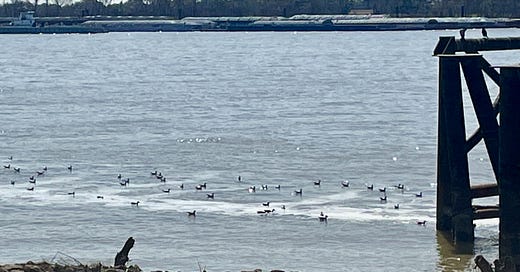I mentioned last time that I’d just read Jenny Offill’s Weather — a great read, recommended — but I wanted today to bring up another pointer from the book.
In one passage she borrows a few lines from “Where You At? A Bioregional Quiz.”1 I wasn’t familiar with this, so I looked into it, and it’s pretty cool.
In short, it’s a set of 20 questions to test ho…
Keep reading with a 7-day free trial
Subscribe to The Art of Noticing to keep reading this post and get 7 days of free access to the full post archives.



